The newly developed semiconductor material could eventually lead to electronic devices that are 100 percent faster.
Image: Dan Hixson/University of Utah College of Engineering
Thanks to a new development in semiconducting materials, our electronics may soon be faster all while consuming a lot less power.
The semiconductor is comprised of tin and oxygen and is only one atom thick, which allows electrical charges to move very quickly – much faster than comparable materials, such as silicon. This material also differs from conventional 3D materials, as it is 2D. The benefit of this material being 2D lies in the reduction of layers and thickness, thus allowing electronics to move faster.
This material has the ability to be applied to transistors, which are central to the majority of electronic devices.
This from the University of Utah:
While researchers in this field have recently discovered new types of 2D material such as graphene, molybdenun disulfide and borophene, they have been materials that only allow the movement of N-type, or negative, electrons. In order to create an electronic device, however, you need semiconductor material that allows the movement of both negative electrons and positive charges known as “holes.” The tin monoxide material discovered by Tiwari and his team is the first stable P-type 2D semiconductor material ever in existence.


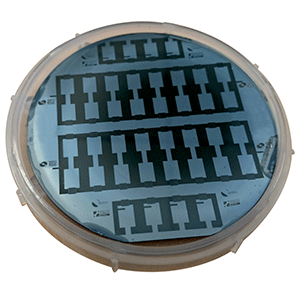
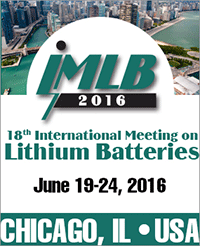
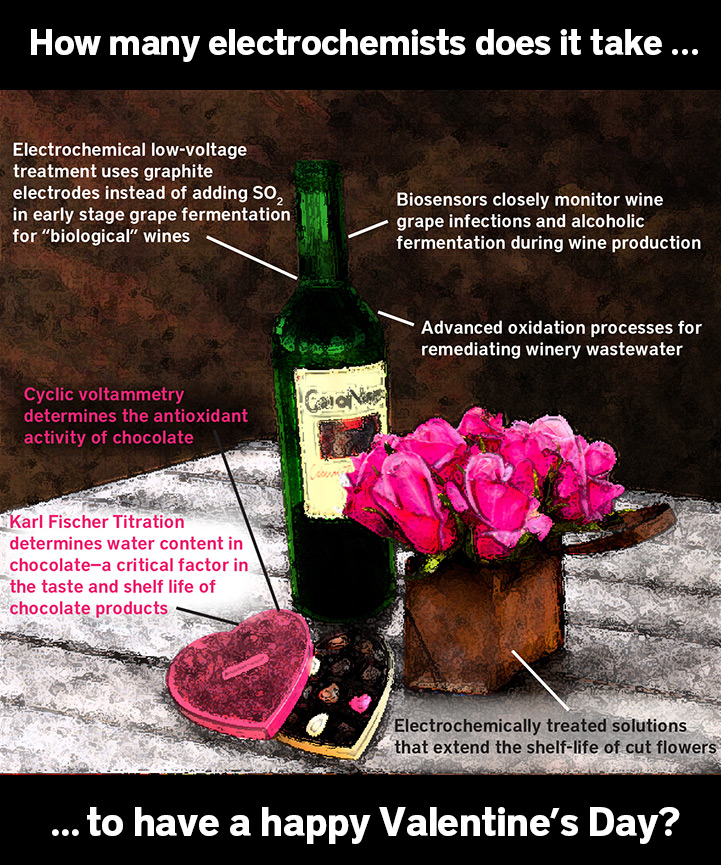
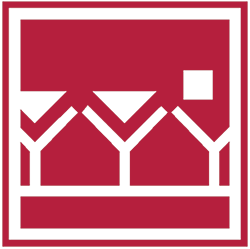 ECS recognizes outstanding technical achievements in electrochemistry and solid-state science and technology through its Honors & Awards program. There are many deserving members of the Sensor Division among us and this is an opportunity to highlight their contributions.
ECS recognizes outstanding technical achievements in electrochemistry and solid-state science and technology through its Honors & Awards program. There are many deserving members of the Sensor Division among us and this is an opportunity to highlight their contributions.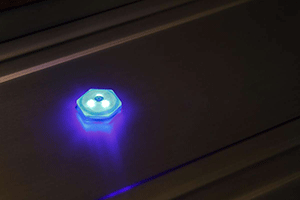
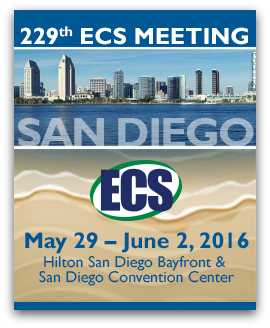 This May, join industry leaders like, Bio-Logic, Metrohm USA and more as an exhibitor at the
This May, join industry leaders like, Bio-Logic, Metrohm USA and more as an exhibitor at the